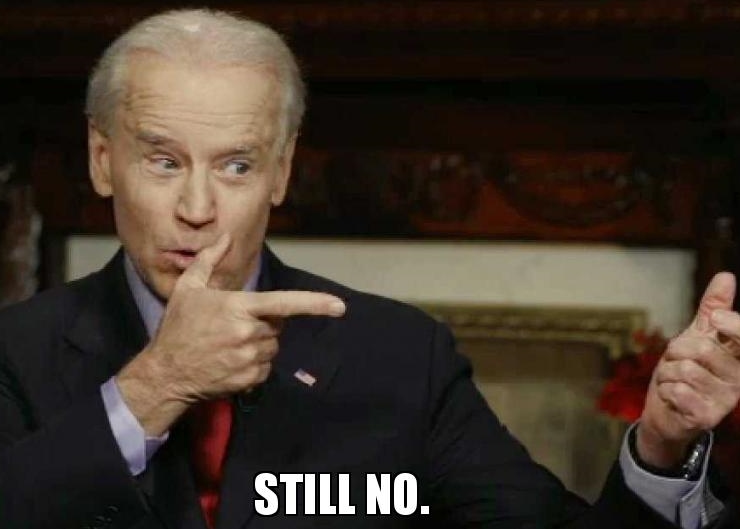
I recently learned (hat tip, Claude Werner, The Tactical Professor, his blog is HERE) that in the firearms and self-defense training community, there is a four-to-five year publishing cycle for the rehashing of subject matter. I authored a post which included a discussion of “warning shots” back in 2014 — HERE. So, I now unabashedly revisit the subject. But, I plead not guilty to the pardonable sin of rehashing — I actually do have fresh thoughts/material on the subject.
Prior MSW post takeaway: “Except (perhaps) in the retaking of escaping prisoners, to fend off a dangerous “protected” species threatening at distance, or certain maritime encounters, a warning shot is so universally frowned upon it likely cannot be “justified” to a prosecutor, judge, and jury. But, Bob Dylan might just be correct, the times they are (maybe) a-changin’. For better or worse, see how a recent Florida “warning” shot incident is described here. [Link expired]. Here’s another, a New Hampshire no prosecution report on a self-defense shooting. The report favorably notes that a warning shot was first taken.”
As we all know, sometime after my 2014 post, the LE community announced it had rethought its longstanding near absolute prohibition of the “warning shot.” The “warning shot” was now to be a deescalation technique ….. or something else tactically sound and acceptable. Well, maybe it didn’t actually do that. See HERE and HERE and HERE. We also know that after a well-known case, Florida amended its law (F.S. 776.012) which made lawful the threatening of deadly force, specifically to include the “warning shot.” See HERE and HERE. Well, no, whatever the legislature intended, that’s not a correct statement of Florida law, then, or today, several years later. (Until wiser thinking lawyers and judges take up where the legislature fell short, a “warning shot” discharge is the use of deadly force as a matter of law).
For the nonsworn, I suggest below how one might analyze the MAY and SHOULD elements of the deadly force paradigm. For this discussion, a “warning shot” (“it”) is when a firearm is discharged to inflict apprehension that deadly force will be used, but without the intention to cause nor likely to actually cause death or great bodily harm (to human life). To be considered:
- Is it specifically made lawful by statute or case law. If so, may it be used to repel only imminent, unlawful deadly force, or nondeadly as well.
- Is it the use of deadly force or nondeadly force. As a matter of law, or to be determined by the jury as a fact.
- Does it affect the instructions given to a jury. How will the jury be instructed on use of deadly or nondeadly force being lawful for self-defense or defense of others. Will a self-defense jury instruction be disallowed in entirety.
- Does it have adverse evidentiary significance. That is, will the prosecutor or civil plaintiff be allowed to argue that if you genuinely and reasonably believed deadly force was required, you would not have taken the “warning shot.”
- Is trial strategy impacted. Will you have to testify to explain it. What if any is the interaction of it with lesser included offenses that might otherwise be instructed to the jury.
- In what circumstances is it defensible to defeat a brandishing or unlawful discharge offense.
The above offered for consideration come into play depending on the nature of the charge(s)/accusations, but nevertheless, are of general application. Self-defense is an affirmative defense which admits the elements of the crime(s) charged, but asserts legal justification for what would otherwise be a criminal act. When a defense is deemed to deny an element of the crime charged, an entirely new issue can be created.
The North Carolina Supreme Court recently affirmed (without opinion, HERE) an appellate case setting forth the settled law there. The appellate court (HERE) determined that North Carolina binding precedent holds that a person who testifies he/she discharged a firearm not intending to kill/shoot another, but rather, as a “warning shot,” is not entitled to a self-defense instruction. The court also noted that such testimony by a defendant may disprove that he believed it was necessary to use deadly force when the “warning shot” was taken. If you read the case, make sure you read the dissent, it is possible North Carolina law may change because of the rationale it expresses. (“The law should not encourage people to shoot to kill any other person — even someone invading a home at night — if a warning shot will suffice”).
The sworn will find the case interesting — the sleeping defendant was responding to LEOs door breaching to execute a search warrant. The defendant appealed his convictions for felonious assault with a firearm on a law enforcement officer.
All shots (warning, accidental, missed, hit) are not judged alike. Tread lightly. What happened in the North Carolina courts has company beyond North Carolina.
There it is. The 2018 rehash of the “warning shot.” Check back in four years or so. In the meantime, have any second thoughts about declaring to first responders, “I only shot to stop the threat.”
North Carolina holding: “[A] person under an attack of deadly force is not entitled to defend himself by firing a warning shot, even if he believes that firing a warning shot would be sufficient to stop the attack; he must shoot to kill or injure the attacker to be entitled to the instruction. This is true even if there is, in fact, other evidence from which a jury could have determined that the defendant did intend to kill the attacker.” [State v. Cook, 802 S.E.2d 575 (2017)]
Disclaimer: No MSW post constitutes particularized legal advice, or creates an attorney-client relationship with a reader.


